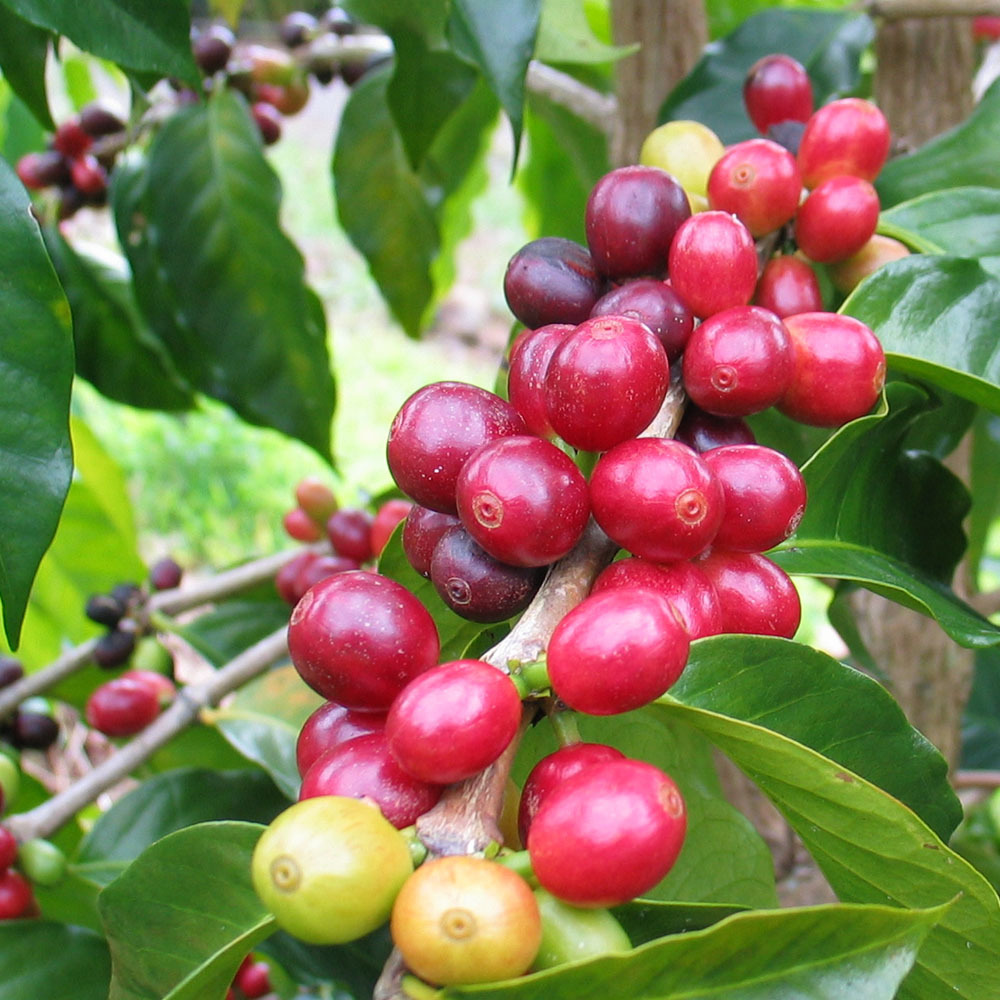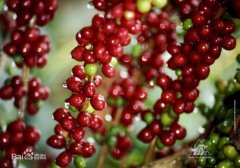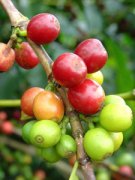Boutique Coffee Coffee cooked beans from San Roman washing Plant, Costa Rica
The best coffee in Costa Rica seems to come from small processing plants, spread across several major coffee producing areas, including Tarazu and the western valley. This so-called coffee revolution originated 15 years ago and has greatly changed the way bean baking experts and importers think about Costa Rican coffee. Take the processing plant as the center, collect coffee beans from the surrounding small farms for processing, most of these farms are made up of small communities or families, growing coffee on their own small farms or land, and all the coffee is treated and dried by a small processing plant. The quality and flavor of Royal Coffee are very unique, which is largely due to the cooperation between coffee producers and us. St. Roman treatment plant, the use of water washing treatment, with a strong flavor. Coffee cherries are well-known for their rich and solid taste. Coffee cherries are hand-selected by coffee growers to remove overripe or immature cherries, and then production processing is carried out. 3 disc aagaarde peeling machine is used to remove the skin and pulp, and then the machine is divided into three grades according to the density of coffee beans. Grade 1 and 2 raw beans are fermented separately, while grade 3 is low-quality raw beans. The raw beans were fermented in a cool place for about 24 to 36 hours. After fermentation, the raw beans were washed and graded again according to the density on the cleaning channel, and then the raw beans were randomly soaked in clear water overnight. After the processed coffee has been roasted, the bitter sweet chocolate flavor is as thick and sweet as cream sugar, with low-key wine acidity and aroma, and the fruit sweetness of chocolate beans is forgettable.

Important Notice :
前街咖啡 FrontStreet Coffee has moved to new addredd:
FrontStreet Coffee Address: 315,Donghua East Road,GuangZhou
Tel:020 38364473
- Prev

Single Coffee quality Coffee of Yellow bourbon in Vera Plateau in Huilan, Colombia
The history of Colombian coffee dates back to 1808. A priest brought coffee to Colombia for the first time from the French Antilles via Venezuela. The suitable climate in Colombia provides a real natural pasture for coffee. Since then, coffee trees have taken root in this country. The country has also become the second largest coffee producer after Brazil and the world's largest Arabica coffee.
- Next

Costa Rican Coffee Flavor Costa Rican Fine Coffee Beans
Costa Rica was the first country to introduce coffee into Central America. It has a long history and a complete coffee organization system from production to sales. Because it is located in the Central American Isthmus, there are many volcanoes in the territory, it has the natural advantages of sunshine and land, and the climate is simultaneously coordinated by the Pacific Ocean and Atlantic Ocean currents and sea breezes. The coffee produced has the characteristics of local micro-climate and terroir conditions, both in quality and quantity.
Related
- Does Rose Summer choose Blue, Green or Red? Detailed explanation of Rose Summer Coffee plots and Classification in Panamanian Jade Manor
- What is the difference between the origin, producing area, processing plant, cooperative and manor of coffee beans?
- How fine does the espresso powder fit? how to grind the espresso?
- Sca coffee roasting degree color card coffee roasting degree 8 roasting color values what do you mean?
- The practice of lattes: how to make lattes at home
- Introduction to Indonesian Fine Coffee beans-- Java Coffee producing area of Indonesian Arabica Coffee
- How much will the flavor of light and medium roasted rose summer be expressed? What baking level is rose summer suitable for?
- Introduction to the characteristics of washing, sun-drying or wet-planing coffee commonly used in Mantenin, Indonesia
- Price characteristics of Arabica Coffee Bean Starbucks introduction to Manning Coffee Bean Taste producing area Variety Manor
- What is the authentic Yega flavor? What are the flavor characteristics of the really excellent Yejasuffi coffee beans?

